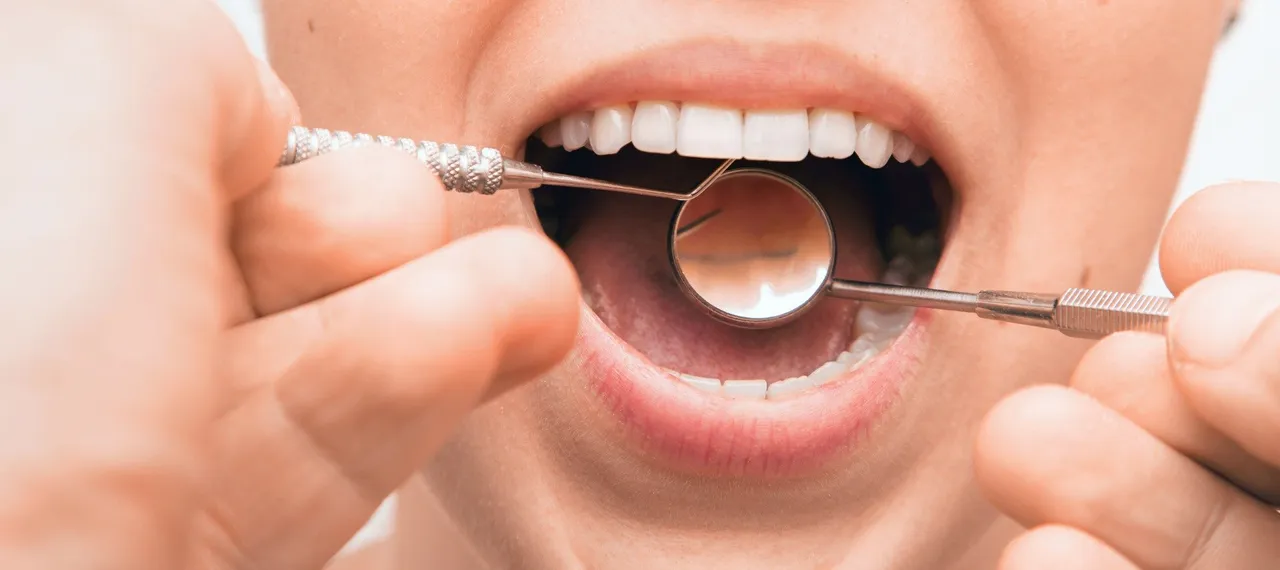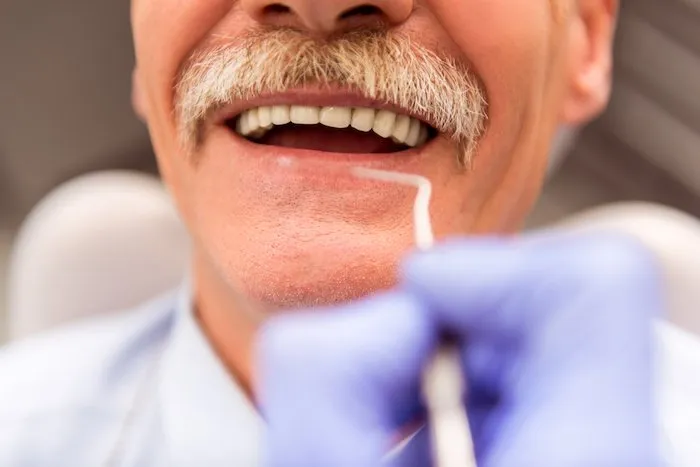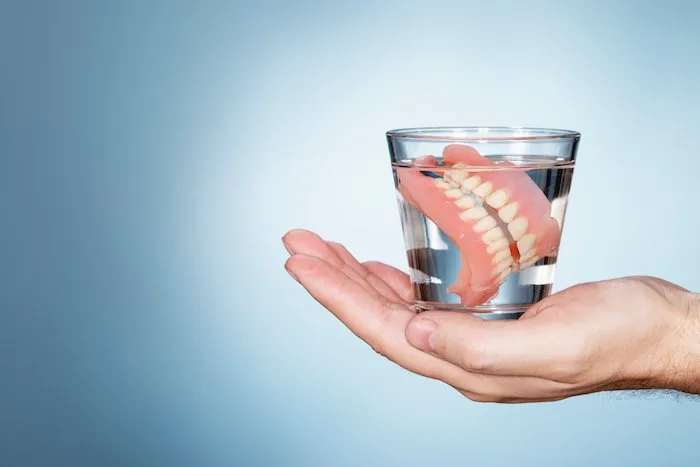
Introduction
I came across an interesting open access study today which suggests that the fewer teeth that people have, the greater the risk they have of developing all types of dementia.
The study is by Takeuchi et al [1] and is available to read and download here for free.
Dementias in general are a growing problem worldwide, as the authors state in their introduction:
"Approximately 46.8 million people worldwide have dementia, and the incidence is 9.9 million per year. The number of people living with dementia will nearly double every 20 years."
Ideally we would like to find a cure but it is also useful to know what risk factors can modify the risk of developing them.
That way we can at least attempt to reduce the risks by educating people and providing adequate support.
With a rapidly ageing population this could make a significant difference.
Design

This was a prospective cohort study. That means that it takes a sample of a particular population and follows them up over time to see if they develop a disease.
In this case 1566 Japanese adults aged over 60 (who did not have dementia) were followed up for 5 years to see whether there was any association between how many teeth they had and developing dementia.
They were divided up into four groups corresponding to different numbers of teeth/tooth health at the start of the study and the classification was carried out by dentists.
Results

The rate for development of all types of dementia in the group was 11.5%.
In all cases having less than twenty teeth significantly increased the risk of developing dementia (1.62-1.81 times higher).
Interestingly the rate for those with one to nine teeth was highest of all the groups (1.81) and higher than that for those with no teeth (1.63)
(NB - I will discuss this issue further in the "Discussions and Limitations Section".)
Looking at the specific dementia subtypes here, the association with Alzheimers disease reached statistical significance (p 0.08) but Vascular dementia did not (p 0.20).
This likely reflects the significantly lower number of VD cases vs AD (42 vs 127).
So what could be the mechanism for the increased risk?
Possible Mechanisms

There are 3 main mechanisms that have been suggested:
The activity of chewing has been suggested to increase blood flow within the brain and protect against dementia.
Nutritional deficiency or dietary changes due to the inability to chew adequately may also contribute.
Chronic inflammation linked to disease of the teeth and gums may contribute to dementia.
Obviously all of the above factors may interact to increase the risk.
Discussion and Problems
As always there are multiple points we need to consider here:

Sample Size
The sample size here at 1566 subjects, whilst not tiny, could as always be bigger.
This is actually quite small for a cohort study and so we would ideally want to have larger studies to confirm the results.
Confounding Factors
Although attempts were made to statistically control for confounding factors, it should be borne in mind that no such method is perfect.
Certain confounding factors may be undiagnosed or missed and others may not even be considered because people are unaware they exist.

One to Nine Teeth Anomaly?
Having one to nine teeth has the highest risk for dementia according to the results here.
This would seem strange at first but it is possible that having no teeth may actually be beneficial compared to having just a few.
For example people with no teeth may actually find it easier to wear dentures, or may be able to chew food and eat more effectively than those who have a few remaining natural teeth.
Consistent with this theory denture use was noted to be highest in the no teeth group vs the one to nine teeth group (76.9% vs 69.1%).
It is also possible that the actual groups involved were sufficiently small to create an anomalous blip in the results - replication would help to elaborate this.

Missed Diagnoses
One must consider the possibility that some people in the early stages of dementia may have been missed at the start of the study and so not excluded.
This is important because it may well be that rather than tooth loss causing or contributing to the causation of dementia, it may actually be a result of dementia.
This could potentially skew the results.
The only way to know for sure would be to have some sort of definitive gold standard way to exclude dementias before the onset of symptoms.
We don't have that yet.
Another thing to note is that some people who developed dementia during the study period may have been missed for similar reasons.
This could also skew the results in a slightly different way.
Both these points are suggested by the fact that examining the brain at autopsy was not 100% consistent with the clinical diagnoses:
Of 347 individuals with dementia (including subjects with dementia at baseline) during follow-up, 53 underwent autopsy. Agreement rates between clinical diagnosis and pathological diagnosis were 0.80 for AD and 0.68 for VaD.
This is to be expected.
Not all patients who die are going to be autopsied, it is simply not feasible from a resource stand point.
Clinical diagnosis based on signs and symptoms will never be as accurate as looking at the actual brain tissue under a microscope.
Perhaps some future advanced imaging method will give us a similar level of accuracy but until then this factor must be taken into consideration.
Conclusion

This study suggests that tooth loss is a significant risk factor for the development of dementia (particularly Alzheimer's Disease) in adults over 60.
This implies that improved dental care and oral hygiene based interventions could potentially help to reduce the rates of dementia.
As is often the case further research is needed to confirm the results in larger sample sizes, particularly as the subset with Vascular Dementia was comparatively small and did not reach significance.
Future studies may look at a more detailed breakdown of dementia subtypes and may also help to clarify the role of denture use in disease prevention.
Controlled studies which look specifically at comparing different levels of dental care and dementia risk would also be useful.
Thank you for reading

References
- Takeuchi, Kenji, Tomoyuki Ohara, Michiko Furuta, Toru Takeshita, Yukie Shibata, Jun Hata, Daigo Yoshida, Yoshihisa Yamashita, and Toshiharu Ninomiya. 2017. “Tooth Loss and Risk of Dementia in the Community: The Hisayama Study.” Journal of the American Geriatrics Society, March. doi:10.1111/jgs.14791.
If you like my work please follow me on Steemit: @thecryptofiend & on Twitter : Soul_Eater_43.
All uncredited images are taken from my personal Thinkstock Photography account. More information can be provided on request.
Before you go have you filled in the Coinbase form to list STEEM? It only takes a few seconds. THIS POST shows you how.
Are you new to Steemit and Looking for Answers? - Try:
